Home>Construction & Tools>Building Materials>How To Get Grout Off Brick
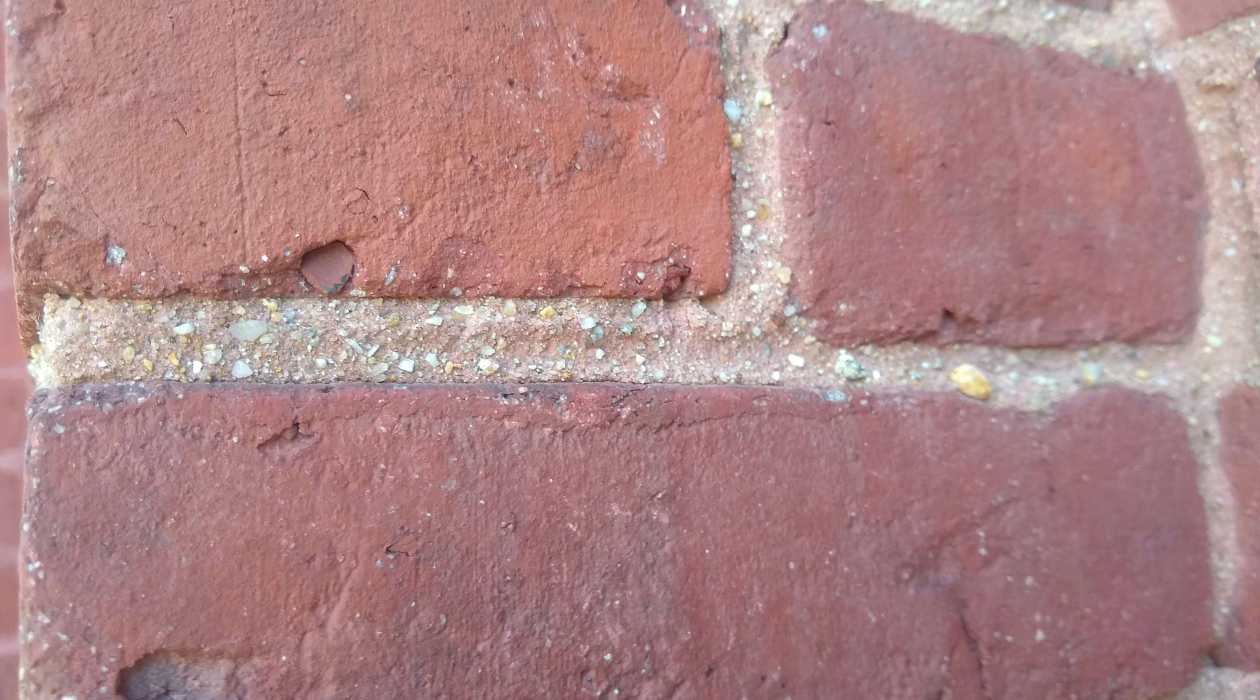

Building Materials
How To Get Grout Off Brick
Published: January 22, 2024
Learn how to effectively remove grout from brick with our expert tips and techniques. Safely clean building materials without damaging the surface.
(Many of the links in this article redirect to a specific reviewed product. Your purchase of these products through affiliate links helps to generate commission for Storables.com, at no extra cost. Learn more)
Introduction
Welcome to the world of home improvement, where the timeless elegance of brick meets the practicality of grout. Whether you’re a seasoned DIY enthusiast or a novice homeowner, the sight of grout on your beautiful brick surfaces can be quite disheartening. However, fear not, for there are several effective methods for removing grout from brick, and we’re here to guide you through the process.
In this comprehensive guide, we’ll delve into the intricacies of grout and brick, gaining a deeper understanding of their composition and interaction. From chemical cleaners to mechanical methods and natural remedies, we’ll explore a range of techniques to help you restore your brick surfaces to their former glory. So, roll up your sleeves, put on your work gloves, and let’s embark on this transformative journey to reclaim the pristine allure of your brickwork.
Key Takeaways:
- Say goodbye to grout on brick with chemical cleaners, mechanical methods, or natural remedies. Each method has its own benefits and considerations, so choose wisely to restore your brick surfaces.
- Understand the nature of grout and brick to effectively remove grout without damaging the timeless allure of your brickwork. Choose the right method and prioritize safety for successful grout removal.
Read more: How To Get Grout Off The Bathtub
Understanding Grout and Brick
Before we delve into the methods for removing grout from brick, it’s essential to understand the nature of these two building materials and their relationship. Grout, a dense fluid, is a mixture of cement, water, and sometimes sand, which is used to fill gaps between tiles or bricks. It serves both a functional and aesthetic purpose, providing structural support while enhancing the overall appearance of the surface.
On the other hand, brick, a timeless building material, is composed of fired clay, typically in a rectangular shape. Its durability, versatility, and rustic charm have made it a popular choice for exterior facades, interior accent walls, and various architectural features. When grout is applied to brick surfaces, it binds the individual bricks together, creating a cohesive structure while adding a touch of visual appeal.
However, over time, grout on brick surfaces can become discolored, cracked, or marred by stubborn stains, detracting from the natural beauty of the brickwork. Understanding the composition of grout and brick is crucial in determining the most effective approach to remove grout without causing damage to the underlying brick.
Grout, being a cementitious material, can adhere firmly to the porous surface of brick, making its removal a challenging task. It’s important to proceed with caution and select the appropriate removal method based on the type of grout, the condition of the brick, and the extent of the grout residue.
Now that we’ve gained insight into the essence of grout and brick, let’s explore the various methods for removing grout from brick, equipping you with the knowledge and confidence to restore the luster of your brick surfaces.
Methods for Removing Grout from Brick
When it comes to removing grout from brick, there are several effective methods to consider. Whether you prefer chemical cleaners, mechanical approaches, or natural remedies, each method offers its own set of advantages and considerations. Let’s explore these methods in detail to help you determine the most suitable approach for your specific grout removal needs.
- Using Chemical Cleaners: Chemical cleaners designed for grout removal can be effective in dissolving and loosening stubborn grout residues on brick surfaces. These cleaners often contain acidic or alkaline compounds that break down the grout, making it easier to remove. It’s important to select a cleaner specifically formulated for brick surfaces to avoid potential damage. Always follow the manufacturer’s instructions and use appropriate protective gear when working with chemical cleaners.
- Using Mechanical Methods: Mechanical methods, such as scraping, sanding, or grinding, can be employed to physically remove grout from brick. Tools like grout saws, rotary tools with grout removal attachments, and sanding blocks can help dislodge and eliminate the grout. Care must be taken to avoid damaging the brick surface during the process. Additionally, using manual methods, such as hand scraping with a sturdy tool, can be effective for smaller grout removal tasks.
- Using Natural Remedies: For those who prefer environmentally friendly and non-toxic solutions, natural remedies can offer a gentle yet effective approach to removing grout from brick. Common household items such as vinegar, baking soda paste, or lemon juice can be applied to the grout, allowing the natural acidity to help break down the grout residue. While natural remedies may require more time and repeated applications, they provide a safer alternative for both the user and the surrounding environment.
Each method presents its own set of considerations, and the choice of approach may depend on factors such as the type of grout, the thickness of the residue, and personal preferences regarding chemical usage. It’s important to assess the condition of the brick surface and select the most suitable method to achieve effective grout removal while preserving the integrity of the brick.
Now that we’ve explored the various methods for removing grout from brick, let’s delve deeper into each approach, providing insights and tips to help you successfully restore the pristine allure of your brick surfaces.
Using Chemical Cleaners
Chemical cleaners offer a powerful solution for removing grout from brick surfaces, effectively breaking down stubborn grout residues and facilitating their removal. When selecting a chemical cleaner for grout removal, it’s essential to choose a product specifically formulated for use on brick to avoid potential damage to the surface. Additionally, always follow the manufacturer’s instructions and safety guidelines when working with chemical cleaners.
Before applying the chemical cleaner, it’s advisable to conduct a small test in an inconspicuous area of the brick surface to ensure compatibility and assess the potential impact. Once you’ve confirmed the suitability of the cleaner, follow these steps to effectively remove grout using chemical cleaners:
- Prepare the Work Area: Clear the surrounding area and protect adjacent surfaces to prevent accidental exposure to the chemical cleaner. Use masking tape and plastic sheeting to cover areas that should not come into contact with the cleaner.
- Apply the Chemical Cleaner: Following the manufacturer’s instructions, apply the chemical cleaner to the grout residue on the brick surface. Use a brush or sponge to ensure even coverage, and allow the cleaner to penetrate the grout for the specified duration.
- Agitate the Grout: After the cleaner has had time to work, use a stiff-bristled brush or scrubbing pad to agitate the grout residue. This action helps to dislodge the softened grout and prepare it for removal.
- Rinse and Repeat: Thoroughly rinse the treated area with water to remove the dissolved grout and residual cleaner. If necessary, repeat the application of the chemical cleaner and agitation process to address persistent grout residues.
- Inspect and Refine: Once the grout removal process is complete, inspect the brick surface to ensure all residues have been effectively eliminated. Use a clean, damp cloth to wipe the surface and refine the appearance, revealing the restored beauty of the brick.
It’s important to exercise caution and wear appropriate protective gear, including gloves and safety goggles, when working with chemical cleaners. Adequate ventilation in the work area is also essential to minimize exposure to fumes and ensure a safe working environment.
By following these steps and exercising care, you can harness the power of chemical cleaners to effectively remove grout from brick surfaces, rejuvenating the natural allure of your brickwork.
Use a grout removal tool or a stiff brush to scrub the grout off the brick. You can also try using a mixture of water and vinegar or a commercial grout remover. Be sure to test a small area first to ensure it doesn’t damage the brick.
Using Mechanical Methods
When it comes to removing grout from brick surfaces, employing mechanical methods can provide a hands-on approach to effectively dislodging and eliminating stubborn grout residues. Mechanical methods utilize a range of tools and techniques to physically remove the grout without causing damage to the underlying brick. Whether you opt for manual scraping, rotary tools, or sanding blocks, each approach requires precision and care to achieve successful grout removal.
Here’s a comprehensive guide to using mechanical methods for removing grout from brick:
- Assess the Grout Residue: Begin by assessing the thickness and adherence of the grout residue on the brick surface. This evaluation will help determine the most suitable mechanical method and tools for the task at hand.
- Select the Appropriate Tools: Depending on the extent of the grout residue, select the appropriate tools for mechanical removal. Grout saws, rotary tools with grout removal attachments, and sanding blocks can be effective for dislodging and eliminating grout from brick surfaces.
- Protect the Surrounding Area: Before commencing the grout removal process, protect the surrounding area to prevent accidental damage or debris from affecting adjacent surfaces. Use masking tape and plastic sheeting to shield areas that should not come into contact with the tools or grout residue.
- Execute the Removal Process: Utilize the selected tools to carefully remove the grout from the brick surface. Exercise precision and control to avoid unintended damage to the brick while effectively dislodging the grout. For manual scraping, use a sturdy tool with a sharp edge to gently remove the grout without exerting excessive force.
- Clean and Refine: Once the grout removal process is complete, clean the brick surface to remove any residual grout particles and dust. Use a damp cloth to wipe the surface and refine the appearance, revealing the restored beauty of the brick.
It’s crucial to approach the mechanical removal of grout with patience and attention to detail, ensuring that the brick surface remains unscathed while the grout is effectively eliminated. Additionally, wearing appropriate protective gear, such as safety goggles and gloves, is essential to safeguard against potential hazards during the grout removal process.
By following these steps and exercising care, you can harness the efficacy of mechanical methods to remove grout from brick surfaces, revitalizing the timeless charm of your brickwork with precision and finesse.
Read more: How To Get Wax Off Of Brick
Using Natural Remedies
For those who prefer environmentally friendly and non-toxic solutions, natural remedies offer a gentle yet effective approach to removing grout from brick surfaces. Common household items such as vinegar, baking soda paste, or lemon juice can be harnessed to help break down grout residues without the use of harsh chemicals. While natural remedies may require more time and repeated applications, they provide a safer alternative for both the user and the surrounding environment.
Here’s a step-by-step guide to using natural remedies for removing grout from brick:
- Prepare the Natural Solution: Create a natural cleaning solution using ingredients such as vinegar, baking soda, or lemon juice. For example, you can mix equal parts of vinegar and water to create a mild acidic solution that can help dissolve grout residues. Alternatively, create a paste using baking soda and water to apply directly to the grout.
- Apply the Natural Remedy: Using a spray bottle or a sponge, apply the natural cleaning solution to the grout residue on the brick surface. Ensure thorough coverage and allow the solution to penetrate the grout for a period of time, allowing the natural acidity to work on breaking down the grout.
- Agitate the Grout: After the natural remedy has had time to work, use a soft-bristled brush or scrubbing pad to gently agitate the grout residue. This action helps to dislodge the softened grout and prepare it for removal without causing damage to the brick surface.
- Rinse and Repeat: Thoroughly rinse the treated area with water to remove the dissolved grout and residual natural remedy. If necessary, repeat the application of the natural remedy and agitation process to address persistent grout residues, allowing the natural solution to gradually break down the grout.
- Inspect and Refine: Once the grout removal process is complete, inspect the brick surface to ensure all residues have been effectively eliminated. Use a clean, damp cloth to wipe the surface and refine the appearance, revealing the restored beauty of the brick without the use of harsh chemicals.
Using natural remedies for grout removal not only provides an eco-friendly approach but also allows for a more gentle treatment of the brick surface. It’s important to be patient and allow the natural remedies to gradually break down the grout, especially for thicker or stubborn residues.
By following these steps and utilizing natural remedies, you can effectively remove grout from brick surfaces while embracing a more sustainable and gentle approach to rejuvenating the timeless allure of your brickwork.
Conclusion
Congratulations on embarking on the journey to restore the timeless allure of your brick surfaces by removing grout effectively. Throughout this comprehensive guide, we’ve explored the intricacies of grout and brick, gaining a deeper understanding of their composition and interaction. By delving into the methods for removing grout from brick, including chemical cleaners, mechanical approaches, and natural remedies, you’ve gained valuable insights and techniques to reclaim the pristine beauty of your brickwork.
As you venture into the grout removal process, it’s essential to approach each method with care and consideration for the integrity of the brick surface. Whether you opt for the potent efficacy of chemical cleaners, the precision of mechanical methods, or the gentle touch of natural remedies, each approach offers its own set of advantages and considerations to suit your preferences and the specific requirements of your grout removal task.
Remember to assess the condition of the brick surface, select the most suitable method, and prioritize safety throughout the grout removal process. Whether you’re tackling discolored grout, stubborn residues, or simply seeking to refresh the appearance of your brick surfaces, the methods outlined in this guide equip you with the knowledge and confidence to achieve successful grout removal without compromising the beauty and durability of your brickwork.
By harnessing the power of chemical cleaners, the precision of mechanical methods, or the gentleness of natural remedies, you can breathe new life into your brick surfaces, unveiling their timeless charm and rustic elegance. So, roll up your sleeves, select the method that resonates with you, and embark on this transformative journey to reveal the pristine allure of your brick surfaces.
With patience, attention to detail, and a touch of creativity, you’ll witness the remarkable transformation of your brick surfaces as you bid farewell to grout residues and welcome back the natural beauty of your brickwork.
Frequently Asked Questions about How To Get Grout Off Brick
Was this page helpful?
At Storables.com, we guarantee accurate and reliable information. Our content, validated by Expert Board Contributors, is crafted following stringent Editorial Policies. We're committed to providing you with well-researched, expert-backed insights for all your informational needs.
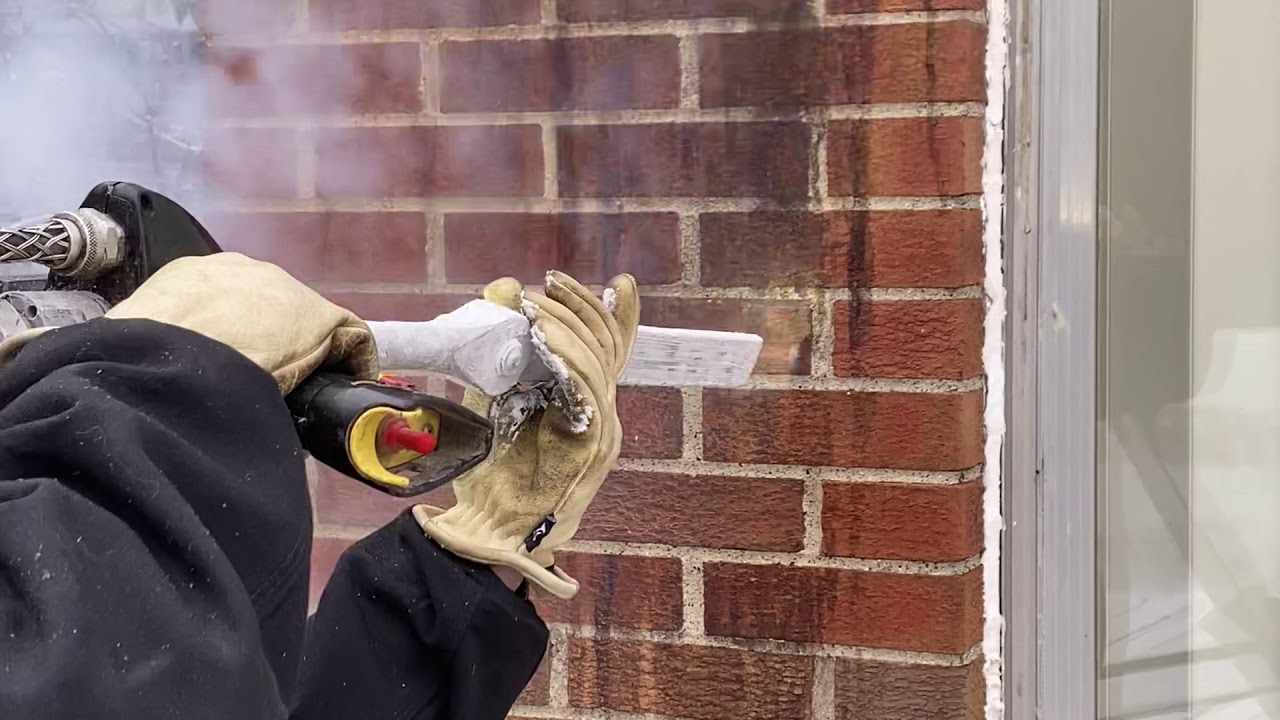
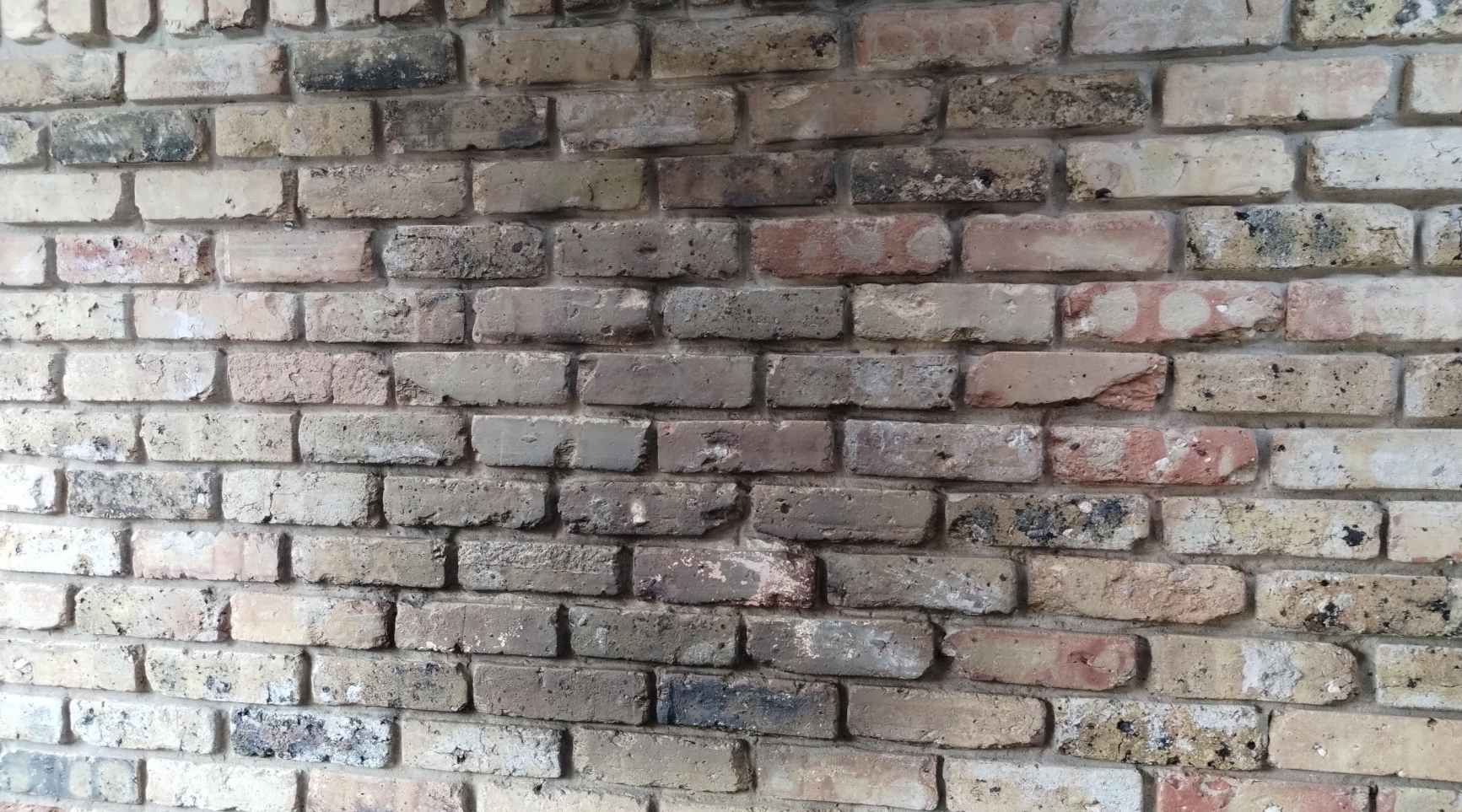
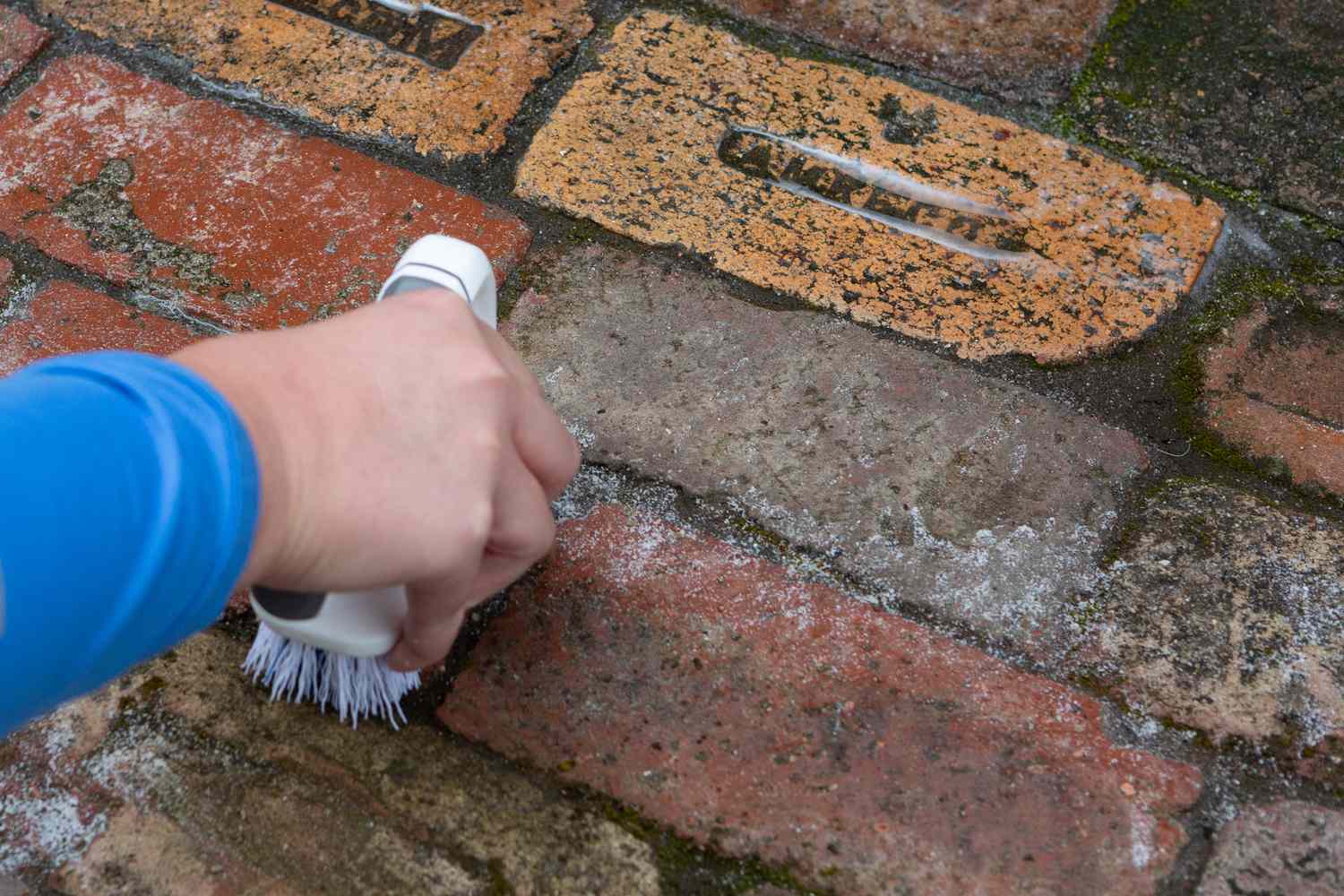
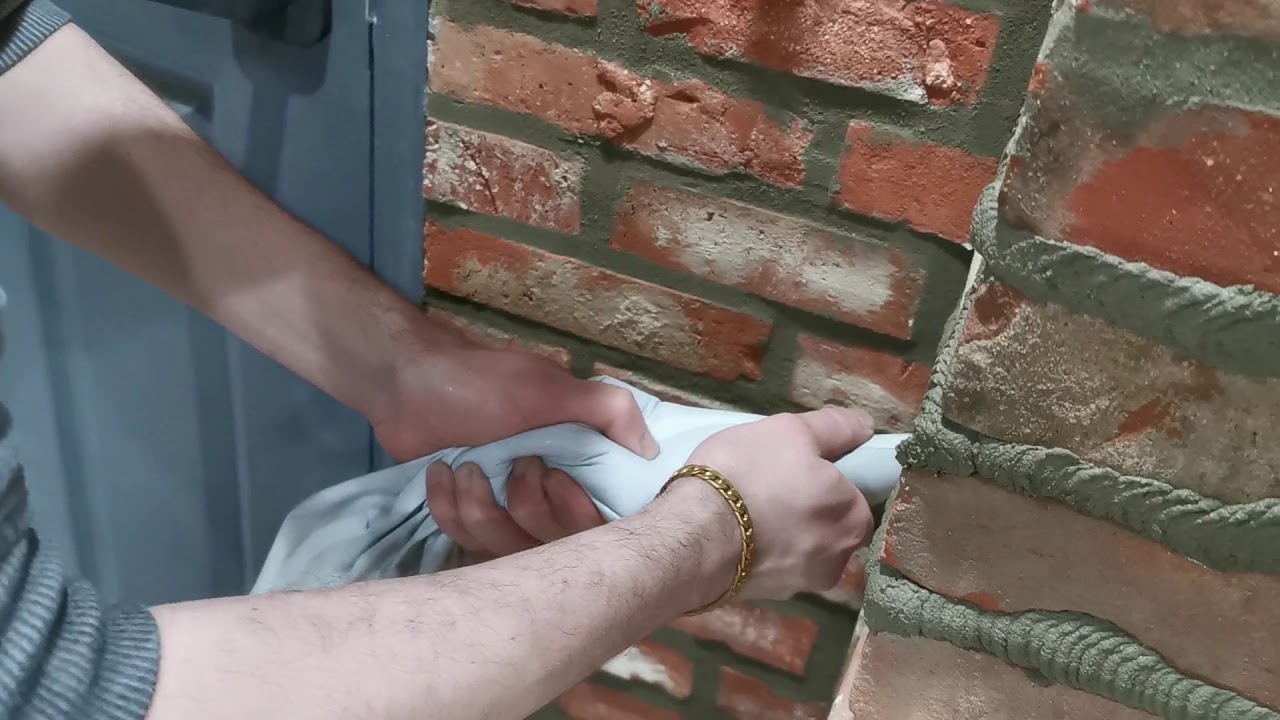
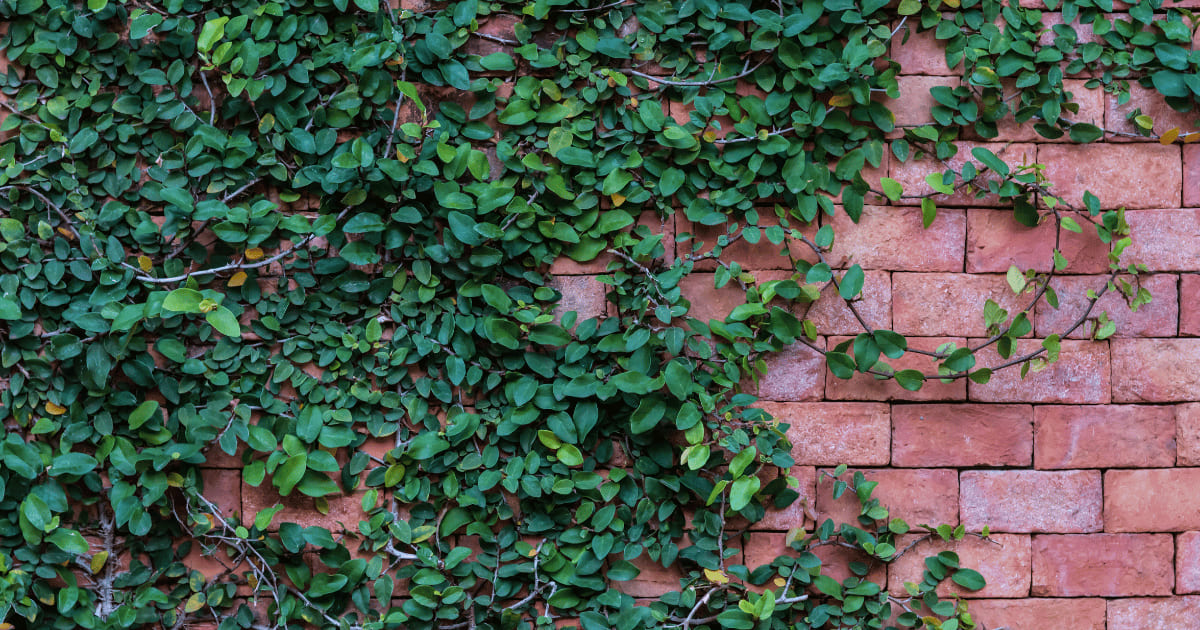
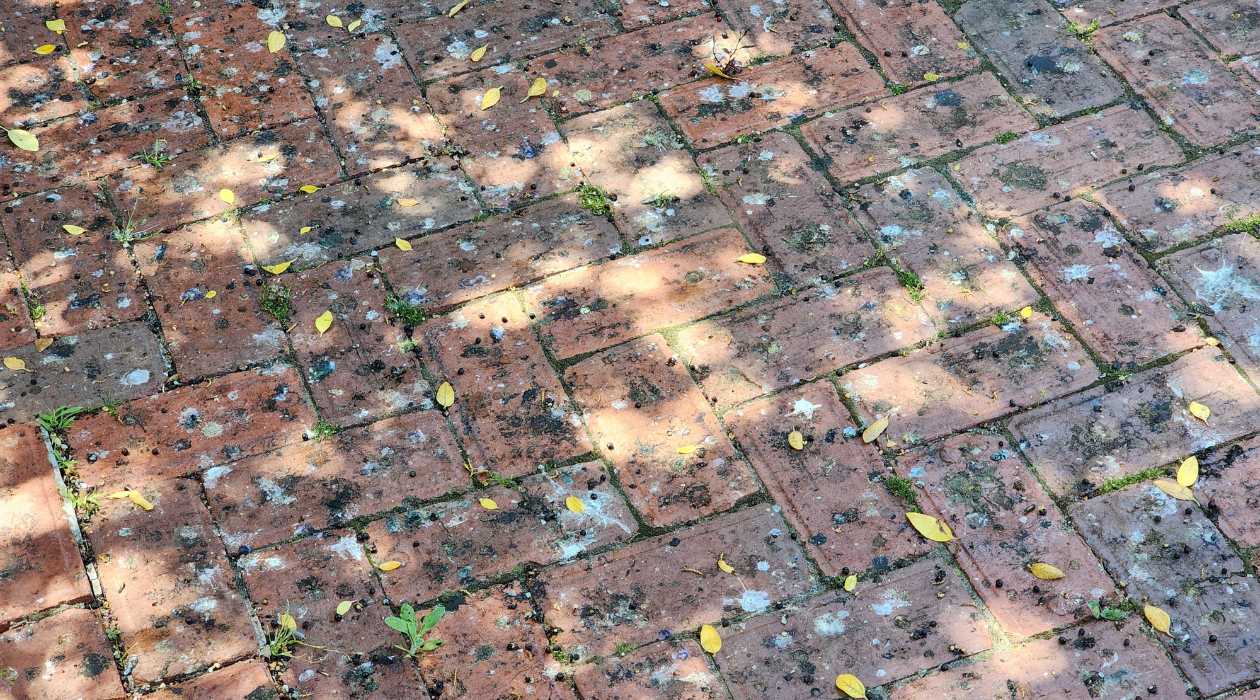
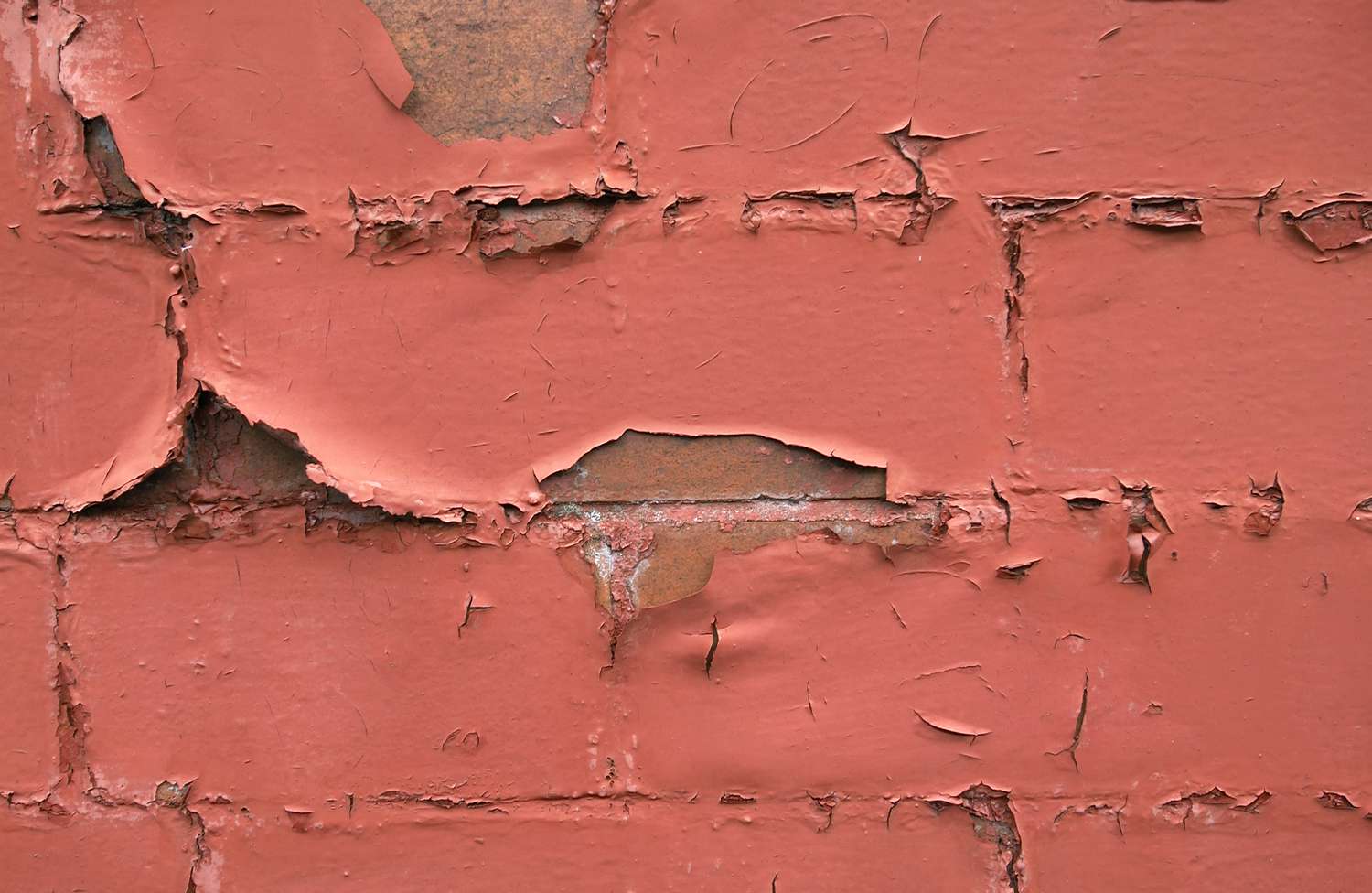
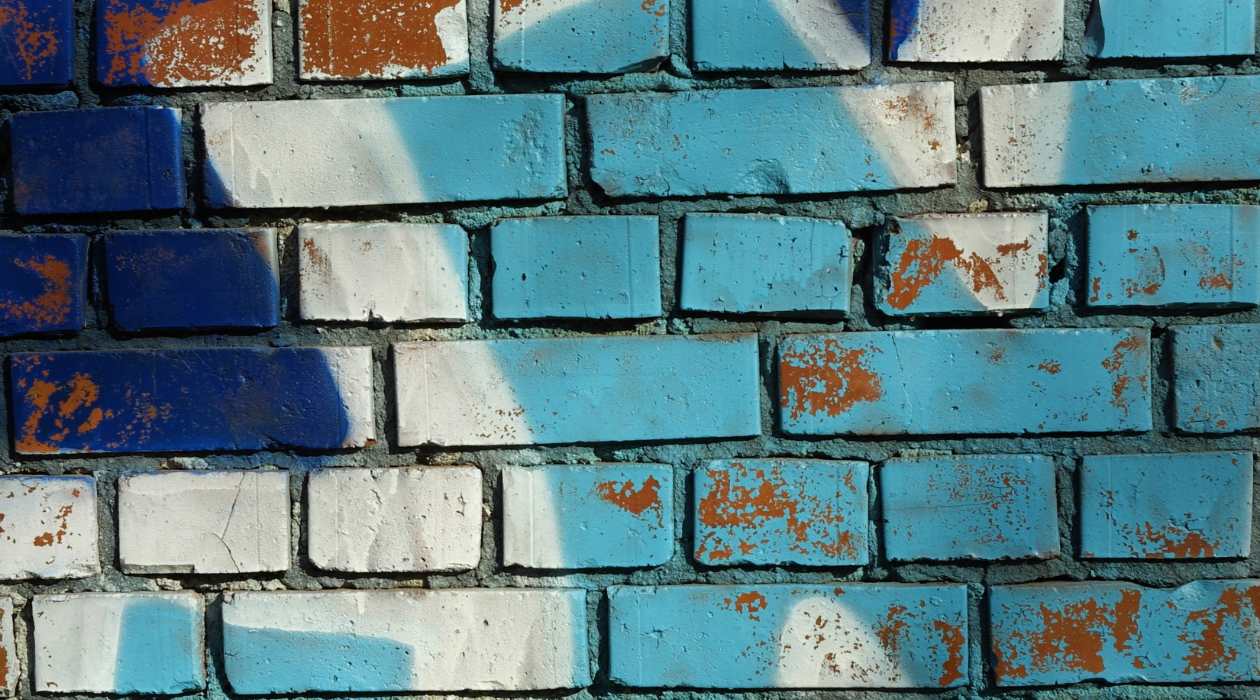

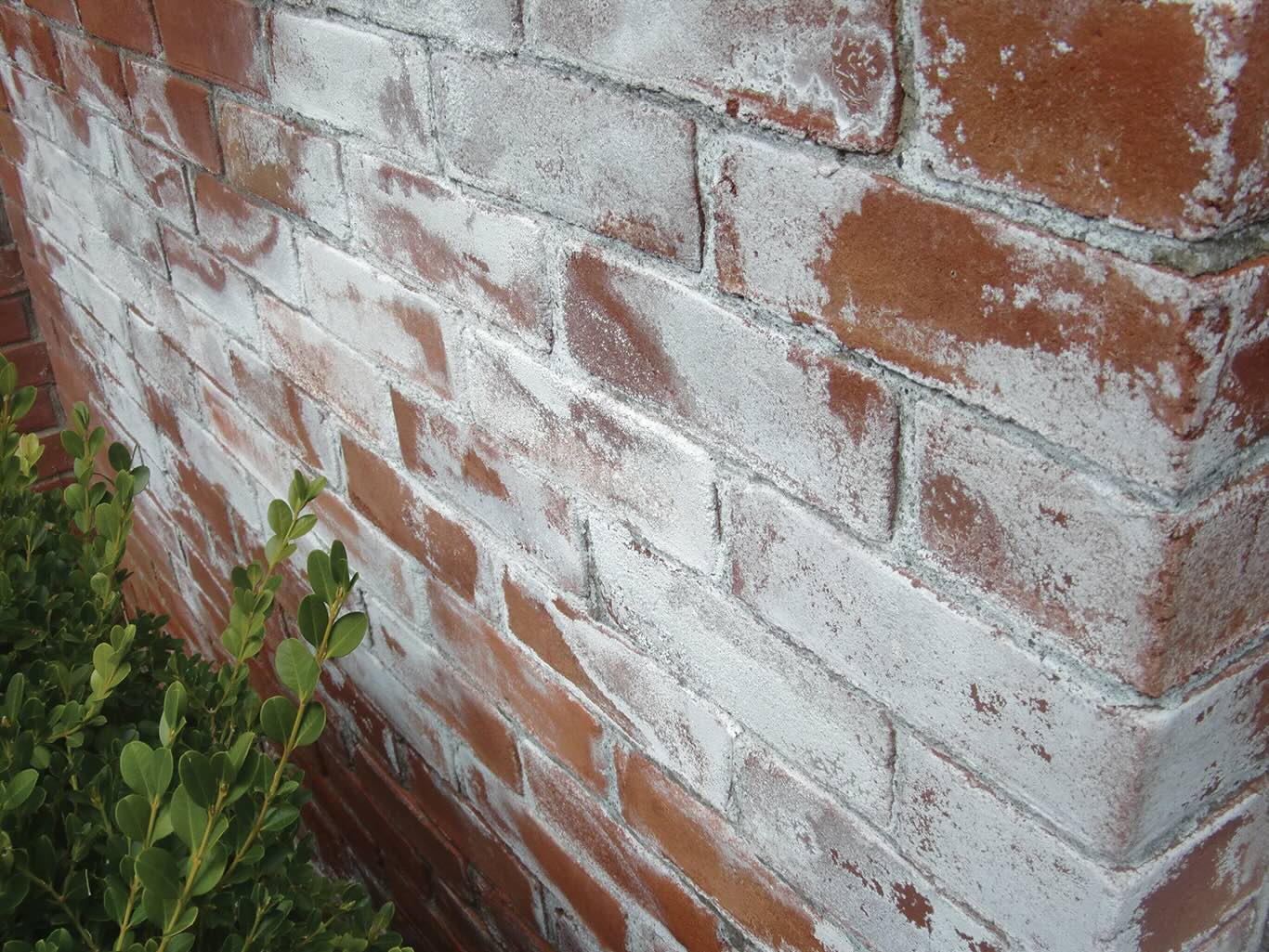
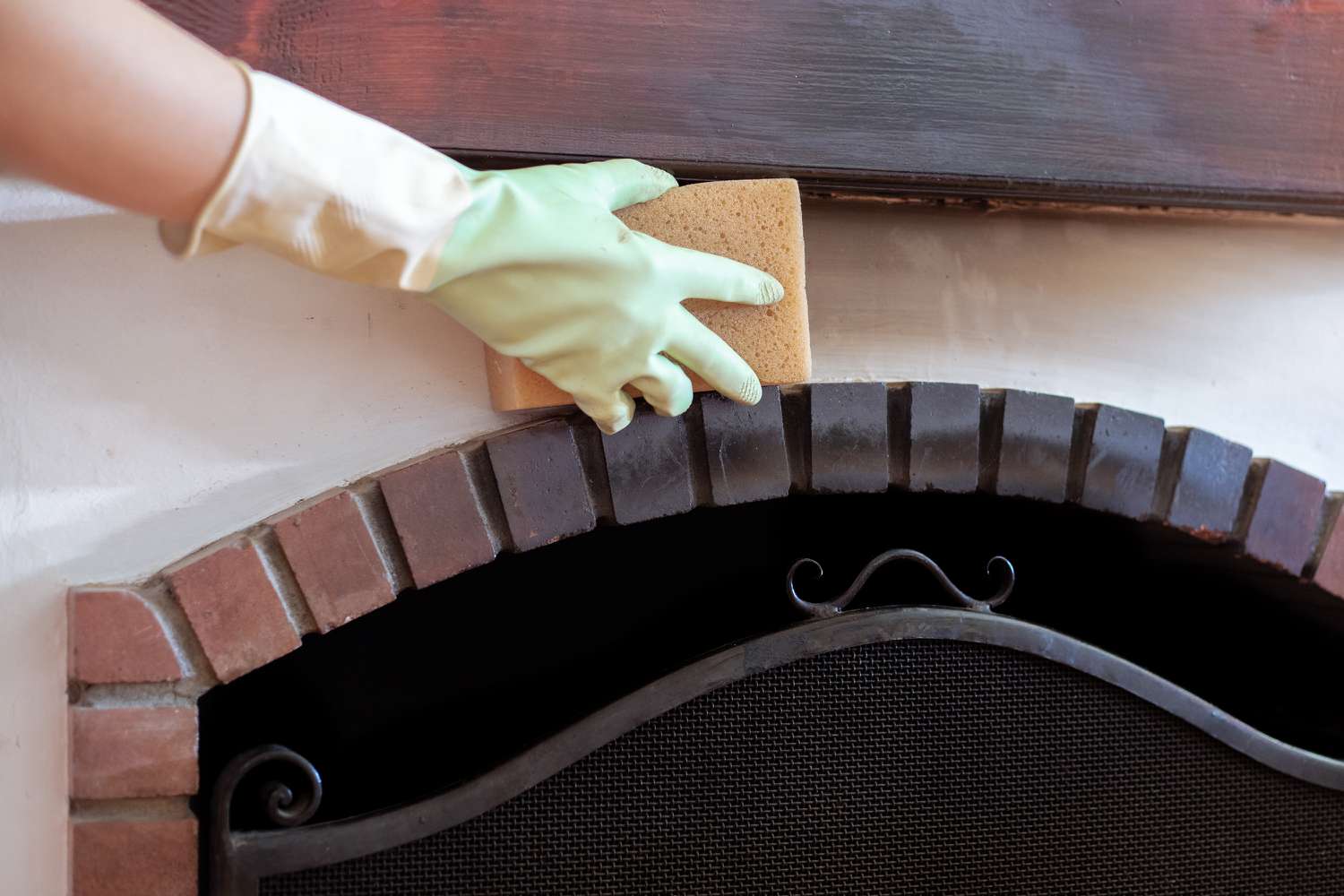
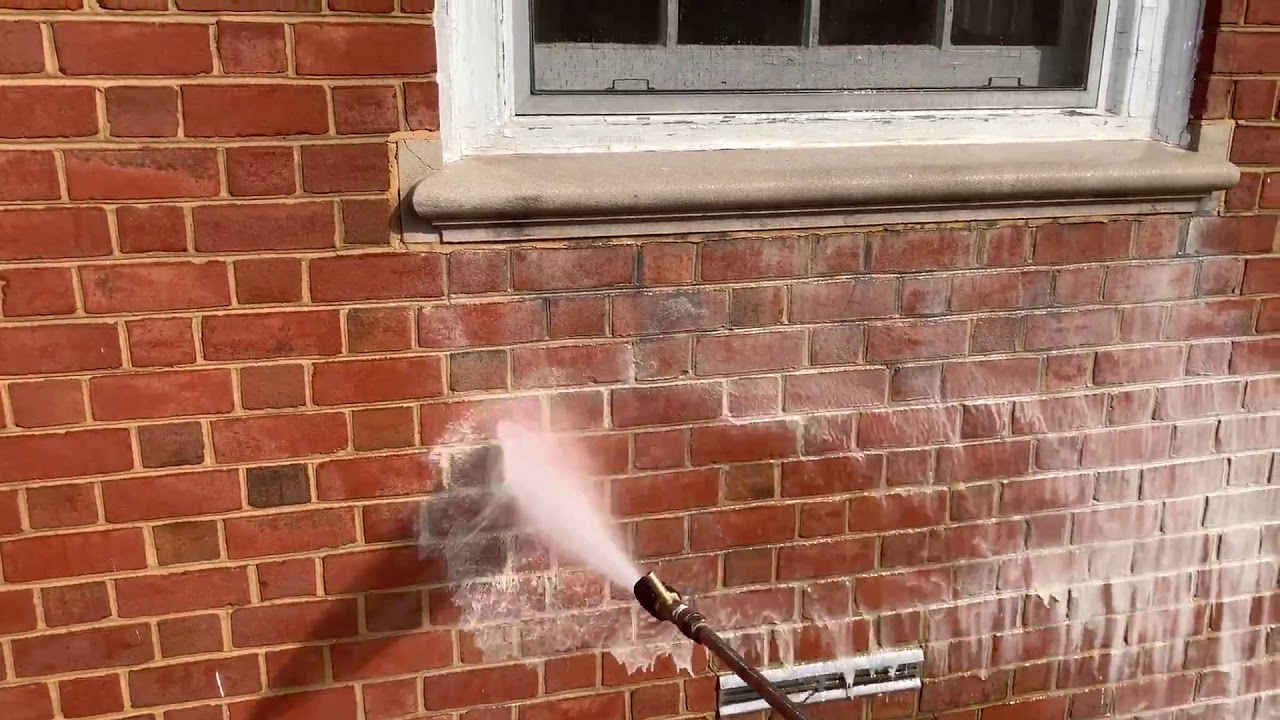
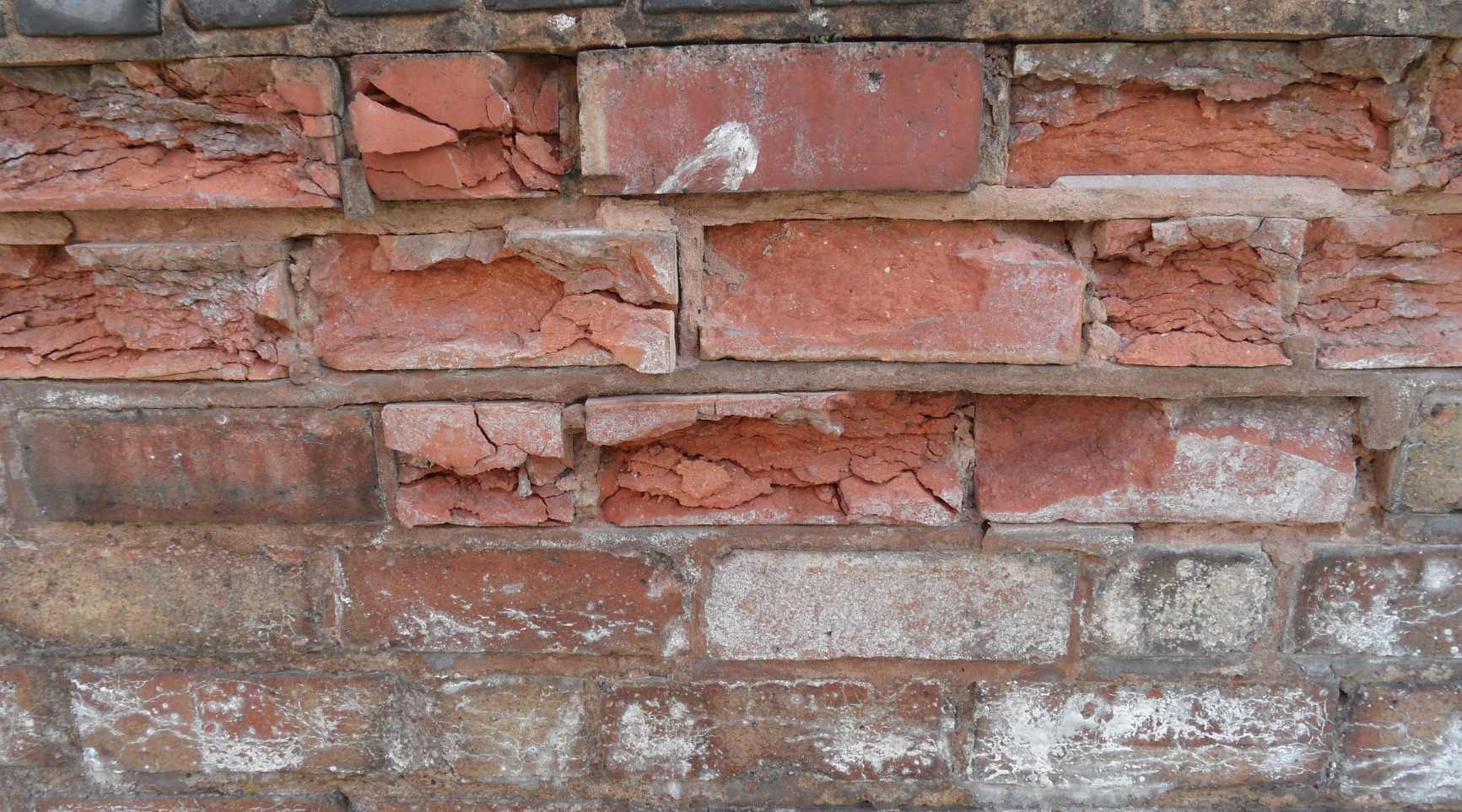
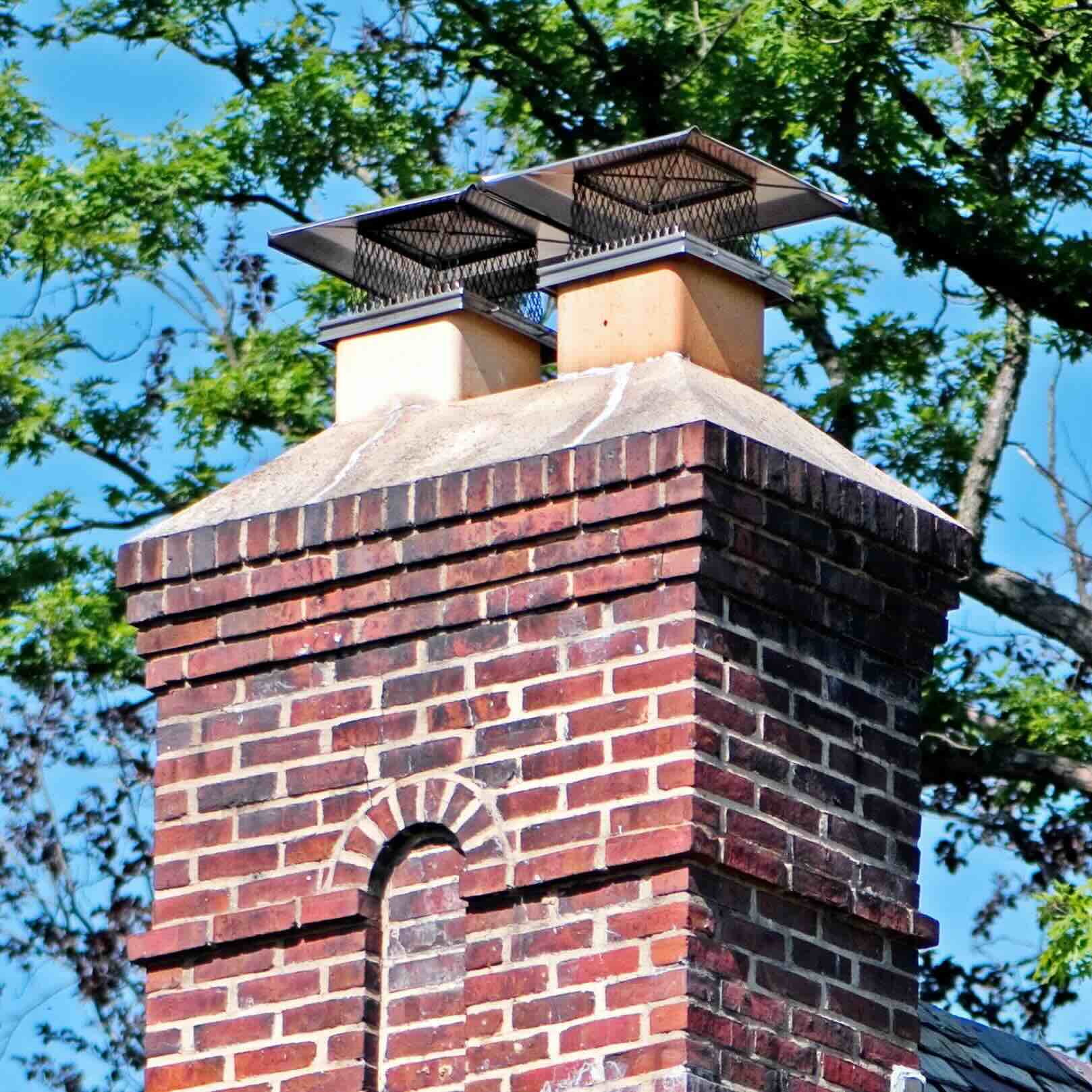

0 thoughts on “How To Get Grout Off Brick”